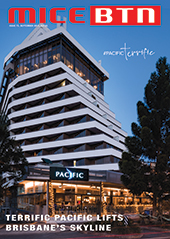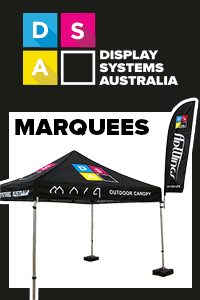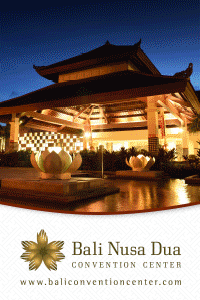CWT warns against LRA overspending
- BTN News
- Friday, 07 July 2017
Carlson Wagonlit Travel says many companies over spend up to five per cent of their hotel cost on Last Room Availability rates.
When companies have negotiated Last Room Availability (LRA) rates, which are often higher than Non Last Room Availability (NLRA) rates, they have the right to buy a room at their contracted terms and prices even if the hotel only has one room left in that category.
For companies without a negotiated LRA clause, and only Non Last Room Available rates, it’s at the discretion of the hotel as to what price they sell the last rooms.
CWT Solutions Group, the consulting division of Carlson Wagonlit Travel, released research that shows a five per cent gap between the perceived and actual value of Last Room Availability rates. For a company that spends US$20 million with their preferred hotels, that could amount to US$1 million.
“Last Room Availability rates have been the gold standard for hotel agreements since the 1980s, and no one has ever really questioned that. But we have now looked into this in great detail and it seems like the gold has lost some of its shine.” says Eric Jongeling, director, Hotel Solutions.
“Our research shows between five and 11 per cent differences in some markets, so travel managers should bear this in mind when negotiating global rates.”
Other findings of the research, which analysed 7,300 2016 hotel bookings across 97 countries, include:
· 44 per cent of hotels charge a premium for including an LRA clause.
· A 12 per cent chance that the traveller will not be able to stay at their contracted rate - even with an LRA rate.
· Multiple hotels in a target market negates the need for an LRA clause.
· The perceived value differs considerably between premium and economy hotels and between cities.










